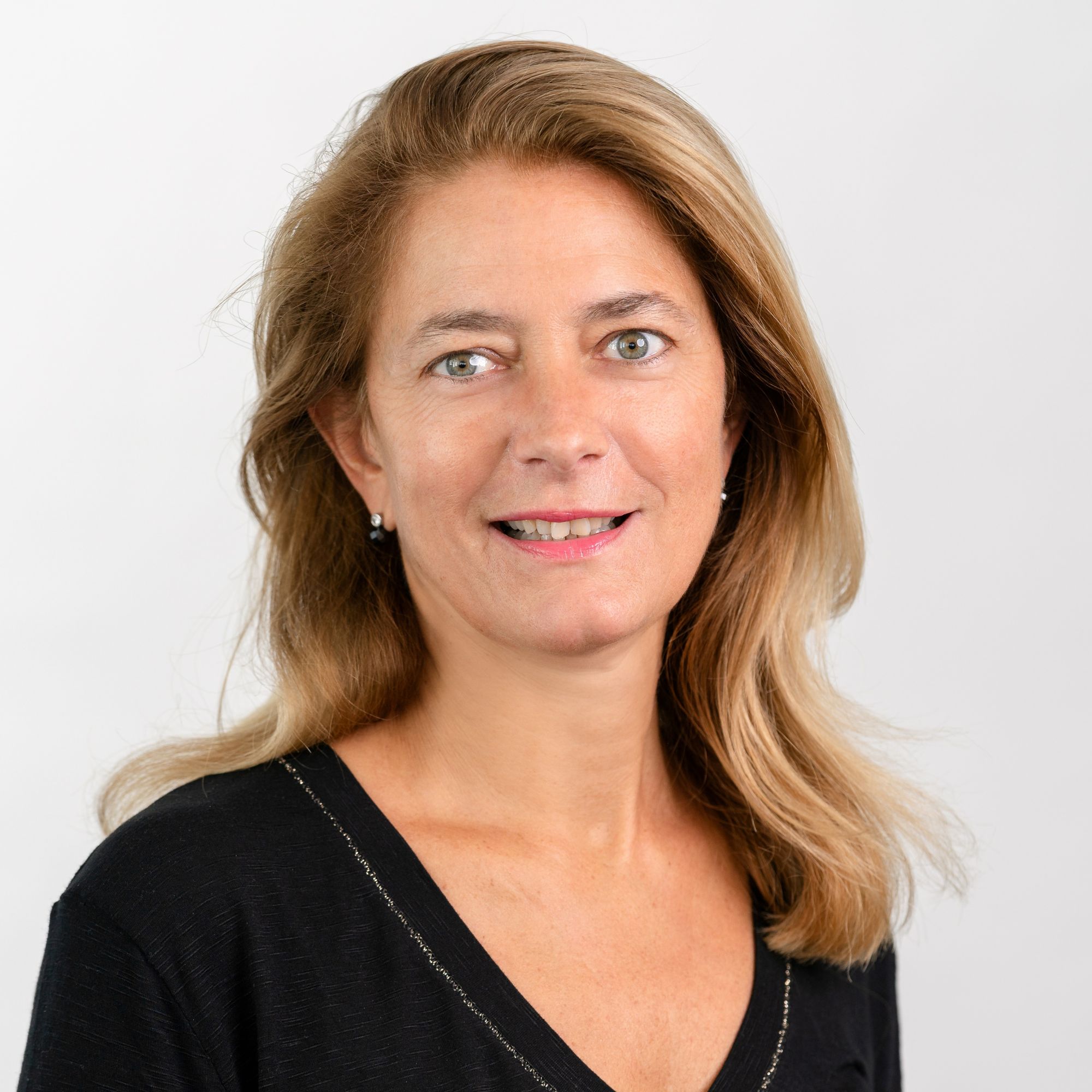- Home
- EN
- Kardham Group
- News
An ambitious tertiary complex for the Loiret Departmental Council in Orléans
January 2023

Kardham has won, along with the consortium led by SOGEA (Vinci Group), the global performance contract for the design, construction and rehabilitation of service buildings for the Loiret Department in Orléans. The project is part of the creation of a "Cité Loirétaine" led by the Department and includes in particular the creation of a new structure dedicated to solidarity services. Delivery is scheduled for 2025.
Combining construction and renovation, an ambitious tertiary project
Carried out by the Architecture and Space Design divisions of the Kardham Group, the project has two components:
- The design, construction and maintenance of a new 6,600 m² building complex, called the Pavillon Citoyenneté, for the Department's solidarity services. This building will house the departments of the Citizenship and Social Cohesion Pole (PCCS) of the CD45 and is intended to receive the public and group together the departmental services that were previously spread over several sites. It includes a bright reception hall, flexible tertiary spaces, catering and meeting rooms that can also be adapted, a sports hall, and a parking lot with 94 spaces.
- The renovation and interior refurbishment of an existing 4300 m² building, formerly called Le Loiret, and now called Pavillon Aménagement.
An architectural choice that combines respect for a past heritage…
The Pavillon Citoyenneté is located in a changing neighborhood, near the Pavillon Aménagement and facing the departmental archives, whose urban layout it integrates, with a composition made up of interconnected blocks. Recesses in the north and south facades also highlight the main volumes of the building, creating a rhythm of shadows on the street. These recesses also allow for varying the orientation of the views from the offices, thus contributing to the appropriation of the territory by the users.
… hospitality and luminosity
The project is also intended to be welcoming in its layout, design and distribution:
- On the first floor, the lobby welcomes users and staff. It was designed as a transparent space, above which the Pavilion floats, towards the forecourt, to symbolize the reception area and to create a visual appeal clearly open to the public space. Its glass facades give a transparent view of the reception area and reveal a warm atmosphere.
- The current floors, first, second and the third partially, host the office spaces. They are characterized by a succession of changing facades, with balconies and openings here and there. The animation of the facade by this game of recesses is amplified by the materials used. The foreground shows a matt white metallic cladding, slightly textured, while the shadows are recessed on a grey metallic cladding, which accentuates the contrast effects. Inside, the layout of the spaces highlights warm, bio-based materials. The wooden structure, present in most of the reception, convivial and work spaces, contributes to the creation of a reassuring environment.
- On the upper levels, third and fourth floors, a series of accessible green terraces soften the overall look. On these levels, there are also meeting rooms and catering areas, directly linked to the terraces. These outdoor spaces are enhanced by a welcoming layout, available to all users.
It should be noted that break and conviviality spaces are also included on each floor.
A building focused on the well-being of its users
Like the accessible outdoor spaces, the building as a whole meets the demanding criteria of quality of life at work and comfort :
- The flows are organized in a clear manner for all users: pedestrians, cyclists, motorists, the public and community agents. The exterior layout also encourages pedestrian traffic.
- The services are distributed in a judicious way on luminous and animated circuits. They are easily identifiable thanks to a clear graphic identity.
- Acoustics are controlled and natural light is widely diffused to provide everyone with an optimal and homogeneous degree of comfort and efficiency.
Finally, the Pavillon Citoyenneté has been designed to offer great flexibility of layout and modularity:
- The workspaces have been designed to meet the needs of the agents in their various individual and collective working hours. They offer an adapted spatial organization, bringing interaction or collaborative work to the center of the building, followed by individual work or concentration on either side.
- The programming is intended to evolve according to the uses. Thus the general configuration of the two upper levels can be arranged according to needs: all catering or partial use, privatization of the upper part in connection with the meeting rooms, etc.

 ©Kardham_partenariat Atelier B2A/Département du Loiret/image Etienne Gobin/Orléans
©Kardham_partenariat Atelier B2A/Département du Loiret/image Etienne Gobin/Orléans
Show more
| Project owner | Département du Loiret |
| Partners | Atelier B2A, associated architect / Kardham Design & Build / Cambium : Landscape design / BEHI : environment / BED : Thermic / Cabinet Merlin : VRD / Arcadia : Fluides / AIDA : Acoustics / EIFFAGE : maintenance |
| Mission | Architectural design, work supervision and assistance with acceptance operations |
| Montant | 17.5 M€ (including 10-year maintenance) |
| Livraison | July 2025 |
| Labélisation, performance environnementale |
E3C1, OSMOZ |
| BIM compliant |

